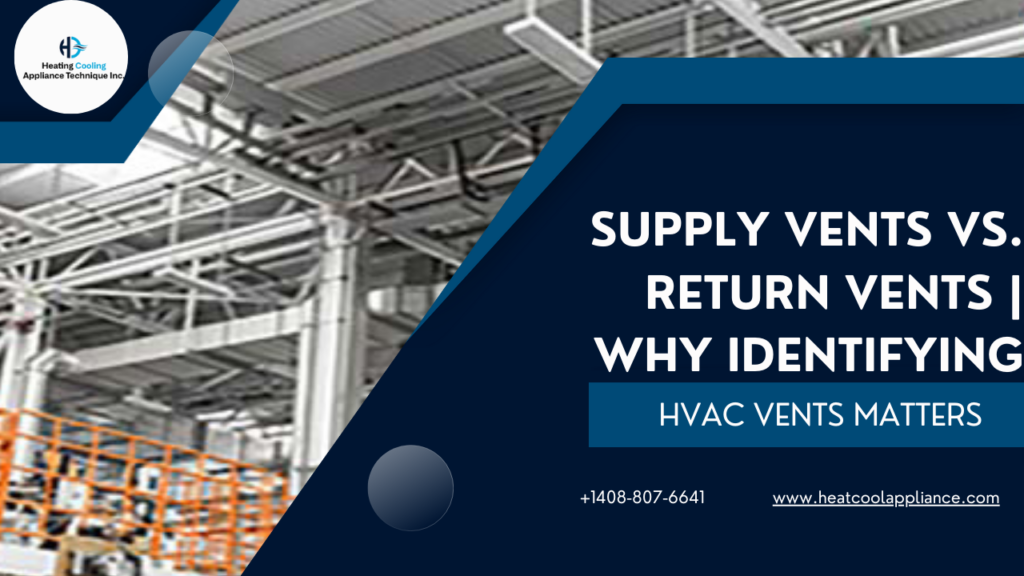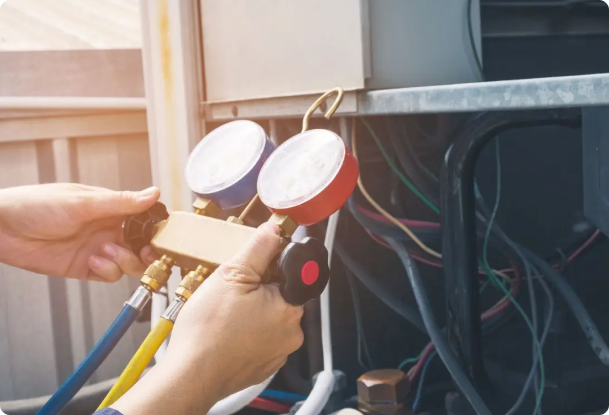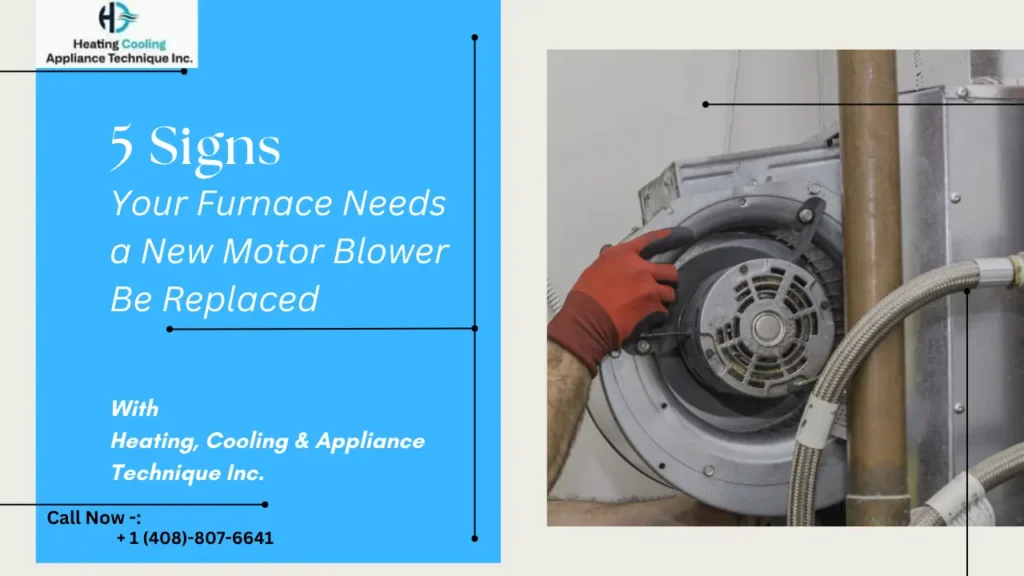
Your home HVAC (heating, ventilation, and air conditioning) system relies on a network of air vents to function efficiently. These vents are broadly classified into supply vents and return vents. Understanding the mechanics of this system and the role of each vent type is crucial in maintaining a comfortable and healthy indoor environment.
What Are Supply Vents?
Supply vents are the gateways through which your HVAC system delivers conditioned air (either heated or cooled) into various rooms of your home. They are connected to the main ductwork that carries air from your furnace or air conditioner. Supply vents are typically outfitted with adjustable louvres, allowing you to direct airflow for optimal comfort in a given space.
What Are Return Vents?
Return vents perform the opposite function of supply vents. They draw air back into the HVAC system for reconditioning and recirculation. As conditioned air is pushed into rooms, return vents help maintain balanced air pressure by removing a similar volume. Return vents are generally larger than supply vents and feature plain grilles.
Differences Between Supply and Return Vents
Here’s a quick summary of the key differences between supply and return vents:
Feature | Supply Vent | Return Vent |
Function | Delivers conditioned air into rooms | Draws air back into the HVAC system |
Location | Typically on walls or ceilings | Often on walls, ceilings, or floors |
Size | Generally smaller | Usually larger |
Design | Adjustable louvres to direct airflow | Fixed grilles |
Airflow | Air is pushed out | Air is pulled in |
Why Identifying Vents Matters
Knowing the difference between supply and return vents is essential for several reasons:
- Furniture Placement: Blocking either type of vent impedes proper airflow. To avoid this, be careful with furniture placement and ensure vents aren’t obstructed.
- Troubleshooting: If you are experiencing uneven heating or cooling, identifying vents helps you locate potential blockages or imbalances in the system.
- Maintenance: Targeted cleaning and filter changes require you to know which vents are for supply and which are for return.
How To Identify HVAC Vents
Here are a couple of simple ways to distinguish between supply and return vents:
- Feel the Airflow: Turn on your HVAC system. Hold your hand near the vent. If you feel air blowing out, it’s a supply vent. If you feel a gentle suction, it’s a return vent.
- Tissue Test: Take a tissue and hold it near the vent. If it’s pulled towards the vent, it’s a return vent. If it flutters away, it’s a supply vent.
Maintenance Tips for HVAC Vents
Regular maintenance ensures your HVAC system is working at its best:
- Cleaning: Vacuum dust and debris from vent covers regularly.
- Filter Changes: Return vents usually house air filters. Follow the manufacturer’s recommended schedule for filter replacement.
- Obstructions: Ensure furniture, curtains, or rugs aren’t blocking vents.
Common Issues With HVAC Vents
- Clogged Vents: Dust and debris buildup can restrict airflow.
- Damaged Vents: Dents or damaged louvres can affect airflow direction and efficiency.
- Noisy Vents: Rattling or whistling sounds may indicate loose parts or airflow issues.
- Drafts: Drafts near vents might point to leaks in the ductwork.
Conclusion
Understanding supply and return vents is key to ensuring the efficiency and comfort provided by your HVAC system. Correct identification, regular maintenance, and addressing any issues promptly will lead to optimal indoor air quality and comfort and can even contribute to energy savings.
FAQs -:
How do I tell the difference between a supply vent and a return vent?
The easiest way is to feel the airflow. Supply vents push air out, while return vents pull air in. You can also use a tissue to test the direction of airflow.
Why shouldn't I block my HVAC vents?
You are blocking vents, whether supply or return, disrupting airflow and making your HVAC system work harder. This can lead to uneven heating/cooling, higher energy bills, and strain on your system.
How often should I clean my HVAC vents?
It’s recommended to vacuum vent covers at least once a month to remove dust. If you have pets or allergies, you may want to clean them more frequently.
Do all return vents have filters?
Not necessarily. Some homes have a central return with a filter, while others may have filters directly in the furnace or air handler unit.
My HVAC system is making strange noises. Could it be related to the vents?
Yes, whistling or rattling from the vents could indicate loose parts, airflow issues, or blockages within the system. It’s best to have a qualified HVAC technician inspect it.



